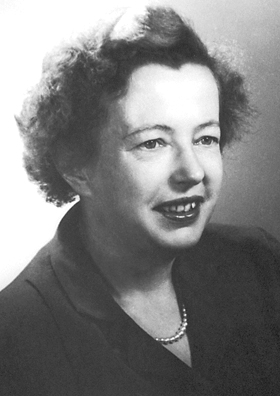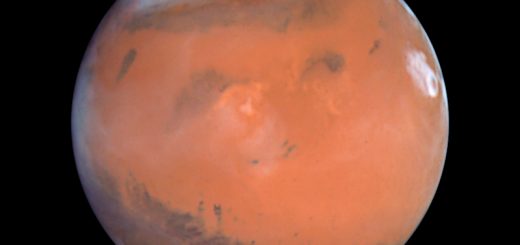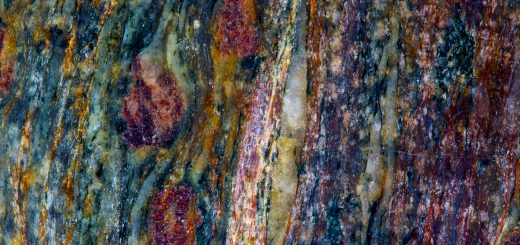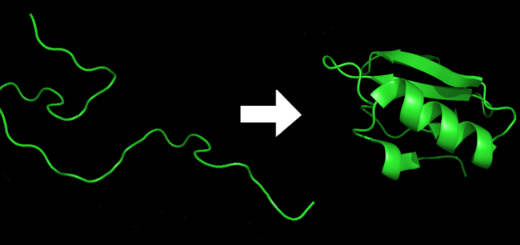The Other Laureate

How many female science Nobel Prize laureates do you know? One? Two, if you’re cheeky1?
Very few women have been awarded the Nobel Prize in the natural sciences. Ten in medicine (bet you thought that was a lot – the prize has been awarded 104 times in total). Four in chemistry. And only two women have to date been awarded the Nobel Prize in physics: Marie Curie and Maria Goeppert-Mayer2 1.
Curie is, of course, a household name and most people can also somewhat describe what she did (“… something radioactive, right?”). Celebrated as a genius and used as a never-failing counter-example to any casually sexist comment about women and science, her fame is much deserved. But how about Goeppert-Mayer? With such a small sample of famous female physicists, it is mildly surprising that her song of awesomeness isn’t sung out loud, by science students and feminists alike.
Hence, the author thought she ought to do her bit to start the rave. She very much expects that after this snippet, hordes of people will take to the streets with t-shirts and banners and chants about nuclear physics.
Originally a student of mathematics, young Maria Goeppert at University of Goettingen had a change of heart and decided to study physics instead. Handy as it turned out this allowed her to join Max Born (yes, that Born) as a PhD student and she wrote her thesis on the emission of two quanta – a prediction which couldn’t be experimentally verified until the invention of lasers thirty years later 2.
After meeting her husband, Joseph Mayer, she moved to America in 1930 only to be kept away from paid and/or full time university positions by so-called nepotism rules and various other … hindrances. *Ahem*. Finally, in 1960, she was personally offered a full time professorship at UC San Diego.
In 1963 she was awarded, along with Jensen and Wigner, the Nobel Prize in physics for work on the nuclear shell model, essentially describing the internal structure of a nucleus through an atom-electron analogy, attempting to explain the existence of magic numbers and the extraordinarily stable binding energy that follows from their configuration 3.
She was a remarkable scientist; even with all the obstruction in her path, she let her passion and talent flourish. If that doesn’t serve as inspiration, nothing(!) will.
1. Marie Cure received the Nobel Prize twice; first in physics, then in chemistry.
2. Author recognises that Maria Mayer sounds catchier, but being a feminist, she couldn’t agree to even colloquially go with the name of the husband.
References
- A list of female nobel prize laureates – interesting read!
- Banerjee, B. Maria Goeppert Mayer. Resonance. 2007
- Read her acceptance speech here.










